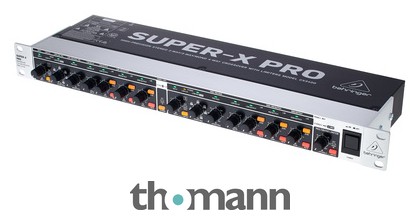Hello again, dear OP,
Even though we definitely need intensive microphone measurements, near field and at our listening position in our room acoustics, in the final stage of XO(Fq, slopes, type of filters)__EQ(if needed)__Delay(time-alignment)__PhaseReverse(inversion) tuning, we should and we can trust our ears and brain at the final stage(s) of our audio exploration, then our final measurement(s) would hopefully just confirm and support your subjective final tune-up, as I recently wrote here.
And,,, the flat (or near flat) Fq response would not always gives us best subjective sensation and/or best subjective sound quality since subjective impression/feeling greatly varies depending on characteristics of SP drivers and our complex room modes/acoustics at listening position.
And our hearing ability (age dependent hearing decline, more or less) would also somewhat "matter", I assume. Whether we would compensate it by relative gain controls for SP drivers (similar to tone control) or not would be fully your choice and preference (ref. here).
I do hope much good luck in your audio gradeup project. I believe you would very much enjoy it and lean a lot through it; you can be always relaxed since many of ASR colleagues will be more that happy to assist/help you on the way once you would decide and share which path and direction to go.
Even though we definitely need intensive microphone measurements, near field and at our listening position in our room acoustics, in the final stage of XO(Fq, slopes, type of filters)__EQ(if needed)__Delay(time-alignment)__PhaseReverse(inversion) tuning, we should and we can trust our ears and brain at the final stage(s) of our audio exploration, then our final measurement(s) would hopefully just confirm and support your subjective final tune-up, as I recently wrote here.
And,,, the flat (or near flat) Fq response would not always gives us best subjective sensation and/or best subjective sound quality since subjective impression/feeling greatly varies depending on characteristics of SP drivers and our complex room modes/acoustics at listening position.
And our hearing ability (age dependent hearing decline, more or less) would also somewhat "matter", I assume. Whether we would compensate it by relative gain controls for SP drivers (similar to tone control) or not would be fully your choice and preference (ref. here).
I do hope much good luck in your audio gradeup project. I believe you would very much enjoy it and lean a lot through it; you can be always relaxed since many of ASR colleagues will be more that happy to assist/help you on the way once you would decide and share which path and direction to go.
Last edited:




